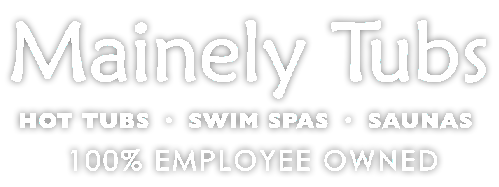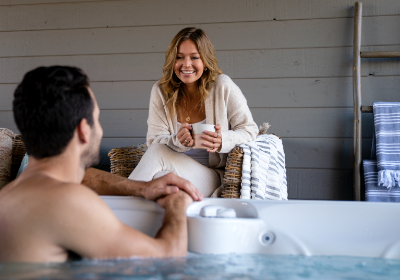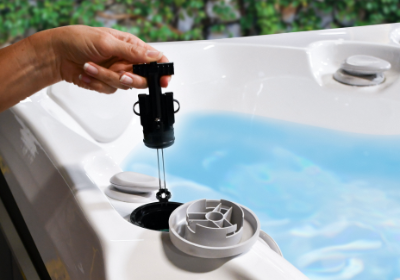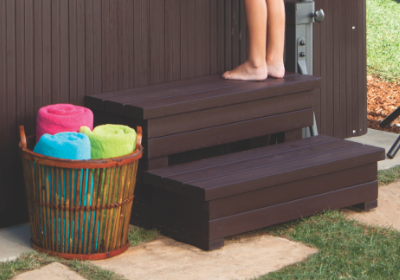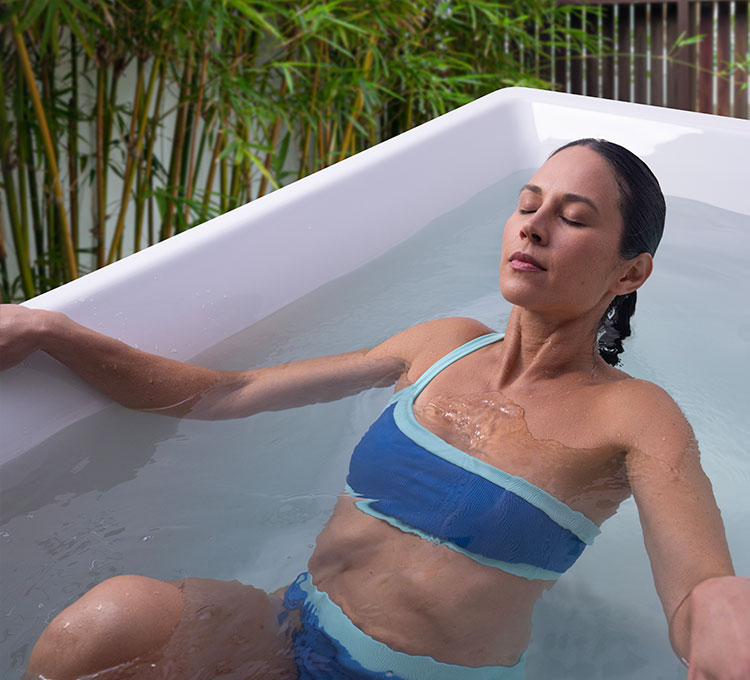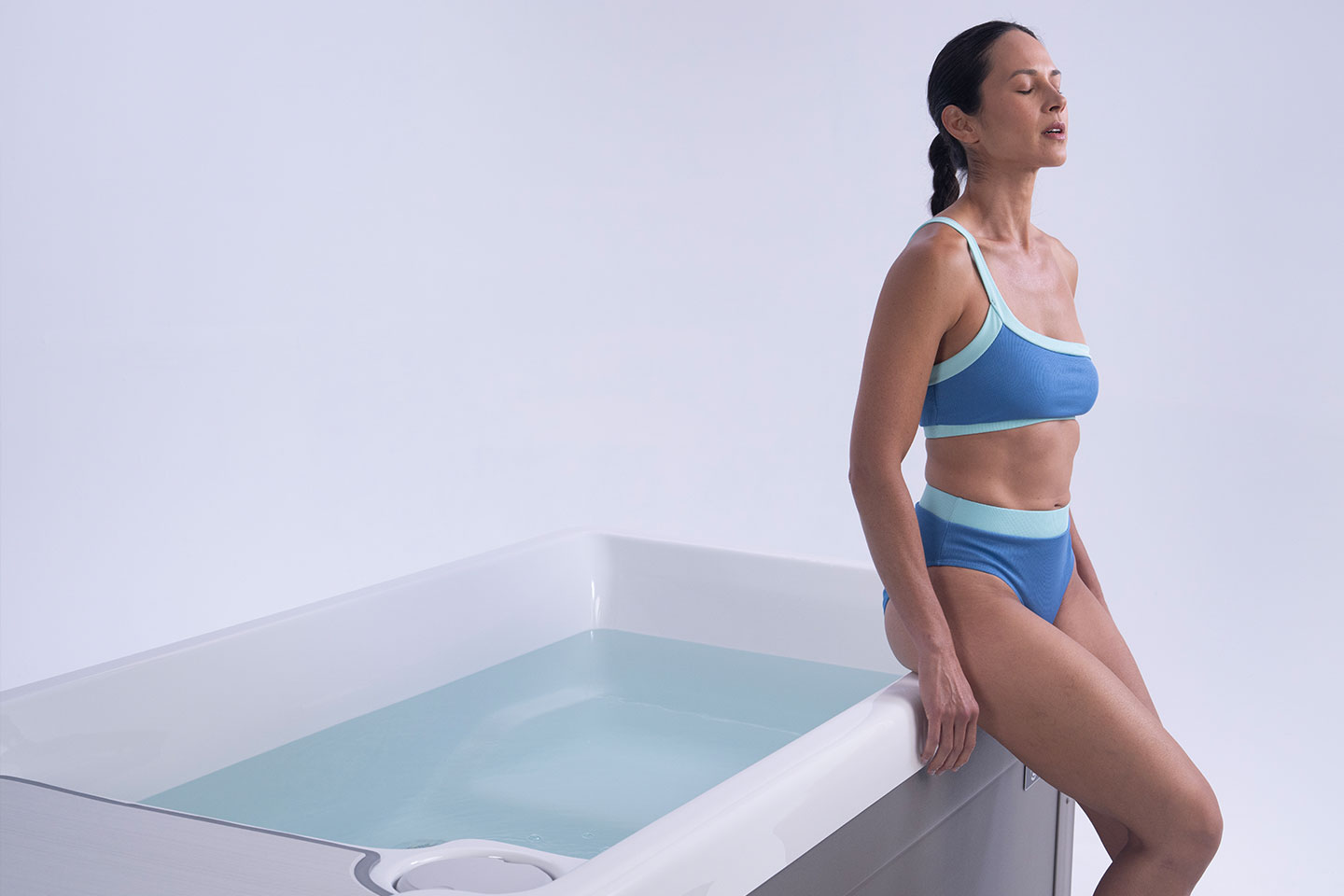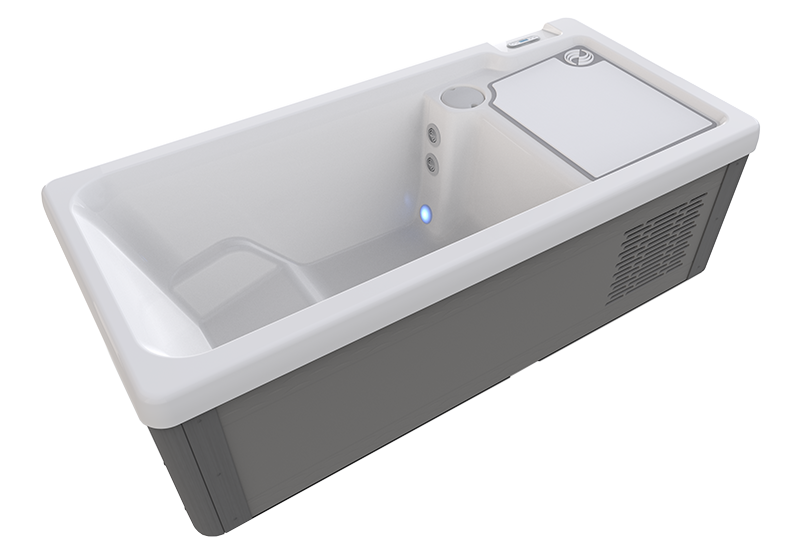Ever finish a workout feeling like you’ve been hit by a truck? Whether you’re crushing PRs, training for competition, or just pushing your limits, recovery is key to staying at the top of your game. That’s where cold plunge therapy comes in.
Used by elite athletes and weekend warriors alike, cold water immersion (also called ice bath therapy) is gaining popularity as a recovery tool. Many believe it helps reduce inflammation, ease muscle soreness, and promote circulation—leading to faster recovery and better performance. But how does it actually work? And is it right for you? Let’s dive in.
Why Your Muscles Will Thank You
Pushing your body is only half the equation—how well you recover determines how far you go. When you train hard, your muscles develop tiny tears. That’s normal (and necessary), but it also leads to inflammation, soreness, and the dreaded delayed-onset muscle soreness (DOMS).
Cold plunge therapy works by exposing your body to frigid temperatures, triggering a natural response that helps your muscles bounce back faster. Here’s how:
Calming Inflammation & Cutting Down Soreness
Think of cold water immersion as a natural ‘off switch’ for excessive inflammation. When you submerge in cold water, your blood vessels constrict (vasoconstriction), which helps reduce swelling in overworked muscles.
Once you step out and warm back up, your blood vessels expand (vasodilation), sending oxygen-rich blood rushing back to your muscles. This process may help flush out metabolic waste like lactic acid, which is a key culprit in muscle soreness.
For athletes in high-impact sports or intense training cycles, that can mean less stiffness, less downtime, and a faster return to peak performance.
Boosting Circulation for Faster Recovery
Cold plunges trigger changes in circulation that may aid recovery. When your body warms back up after the plunge, fresh blood floods your muscles, delivering the oxygen and nutrients needed for repair.
Better circulation plays a role in muscle recovery, helping your body prepare for its next challenge.
Building Mental Toughness
Let’s be real—cold plunges aren’t exactly a spa day. Sitting in near-freezing water is uncomfortable, especially at first. But that’s kind of the point. Many athletes swear by cold plunging not just for the physical recovery, but for the mental edge it builds.
Pushing through discomfort, controlling your breathing, and staying calm under stress? Those are skills that carry over to competition, endurance training, and even everyday challenges.
Cold Plunge Like a Pro: 4 Tips for Recovery
1. Find the Right Temperature
Cold plunges typically range from 45-60°F (7-16°C). If you’re new to this, start on the higher end and work your way down.
2. Start with Short Sessions
No need to go full polar bear mode right away. Start with 1-2 minute sessions, and gradually work up to a total of 11 minutes a week as your body adapts. The key is consistency.
3. Time It Right
Many athletes use cold plunges post-workout, but the ideal timing depends on your training goals. If reducing soreness is your priority, a cold plunge after an intense session may help. Others use cold exposure in the morning for a jolt of energy and improved circulation. Experiment and see what works best for you.
4. Stay Consistent
Like any recovery method, the real benefits come with regular use. 2-4 sessions per week is a solid starting point, but some athletes plunge daily. Find what fits your goals.
Turning Ice-Cold Recovery into a Habit
The good news? Cold plunge therapy is more accessible than ever. No more dragging bags of ice into your bathtub or finding a freezing lake—dedicated cold plunge tubs let you get the benefits of cold therapy anytime, without the hassle.
Having a cold plunge tub at home means you can control the temperature, time your sessions perfectly, and make recovery a seamless part of your routine. Whether you’re training for competition or just want to keep your body feeling its best, a cold plunge tub puts next-level recovery within reach.
The Takeaway
Your muscles work hard—give them the timeout they deserve. Cold plunge therapy is a proven way to help manage soreness, improve circulation, and support your athletic recovery.
If you’re looking for an easy, effective way to take care of your body, adding a cold plunge tub to your routine could be a game-changer. Because when recovery is simple and accessible, getting back in the game is a whole lot easier.
About Mainely Tubs in Maine, New Hampshire, Massachusetts, and Rhode Island
Mainely Tubs is a 100% Employee Owned premier Hot Spring Spas dealer. We sell and service new hot tubs, used hot tubs, portable spas, swim spas, saunas, cold plunges, hot tub accessories, hot tub water care, and more. Our Brands Include: Hot Spring Spas, Caldera Spas, Freeflow Spas, Endless Pools Swim Spas, Finnleo Saunas, Covana, Leisure Time, Fresh Water, Silk Balance, and other brands you can trust.
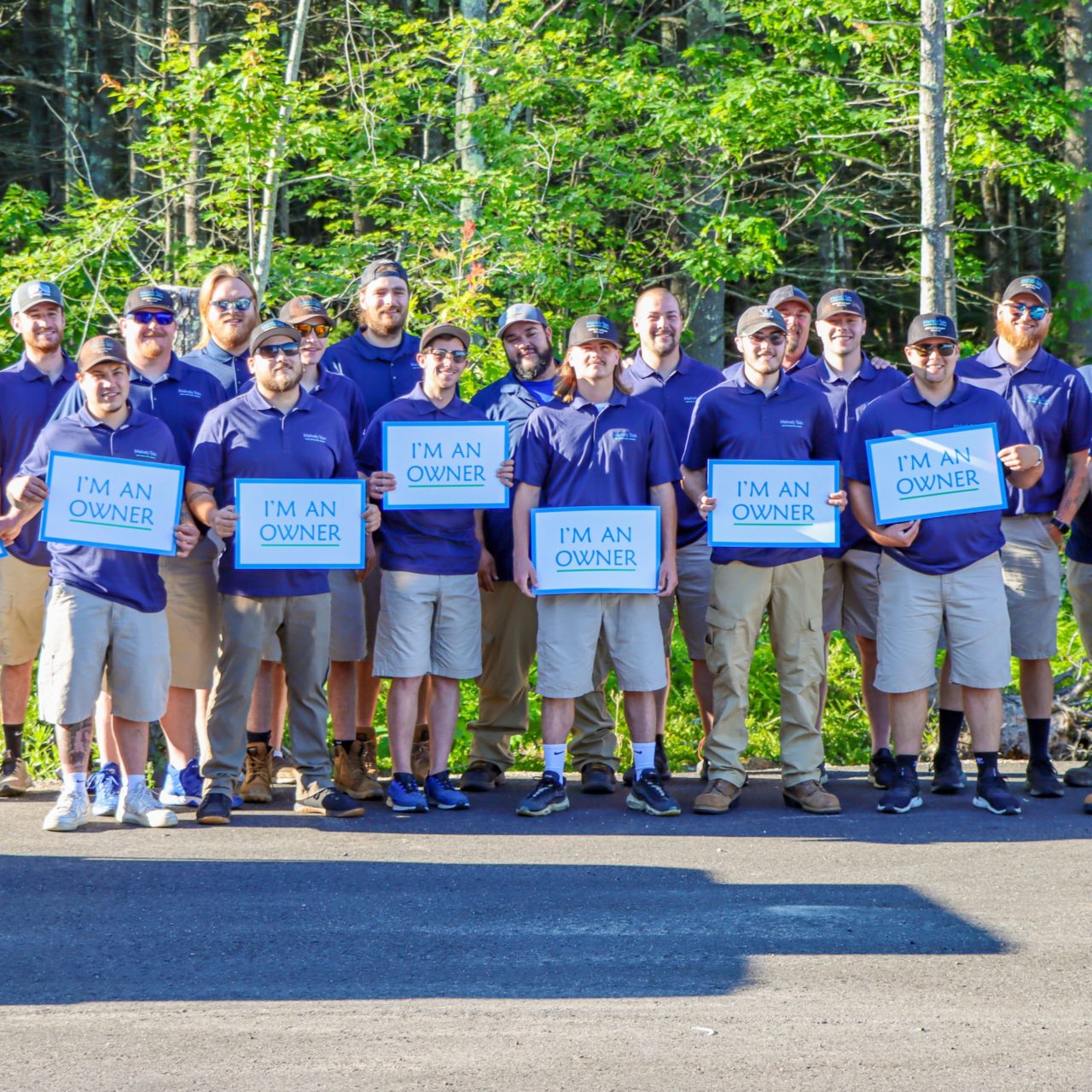
Related Articles
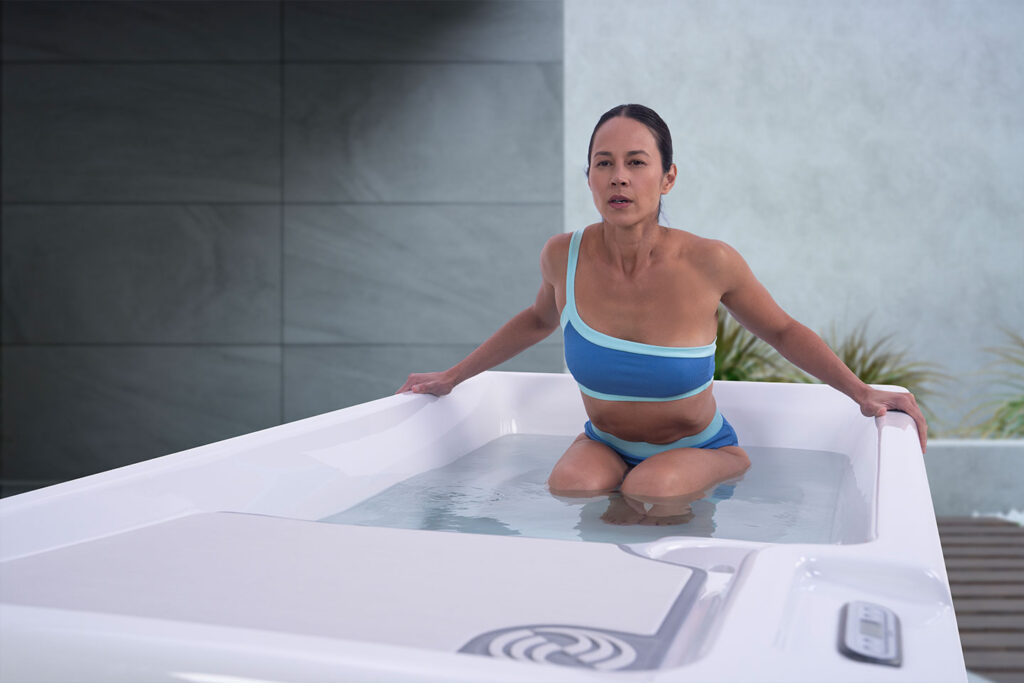
The Power of Cold Plunge Therapy
Cold plunge therapy might seem intimidating at first, but it’s a surprisingly simple and refreshing way to help improve your physical and mental well-being.
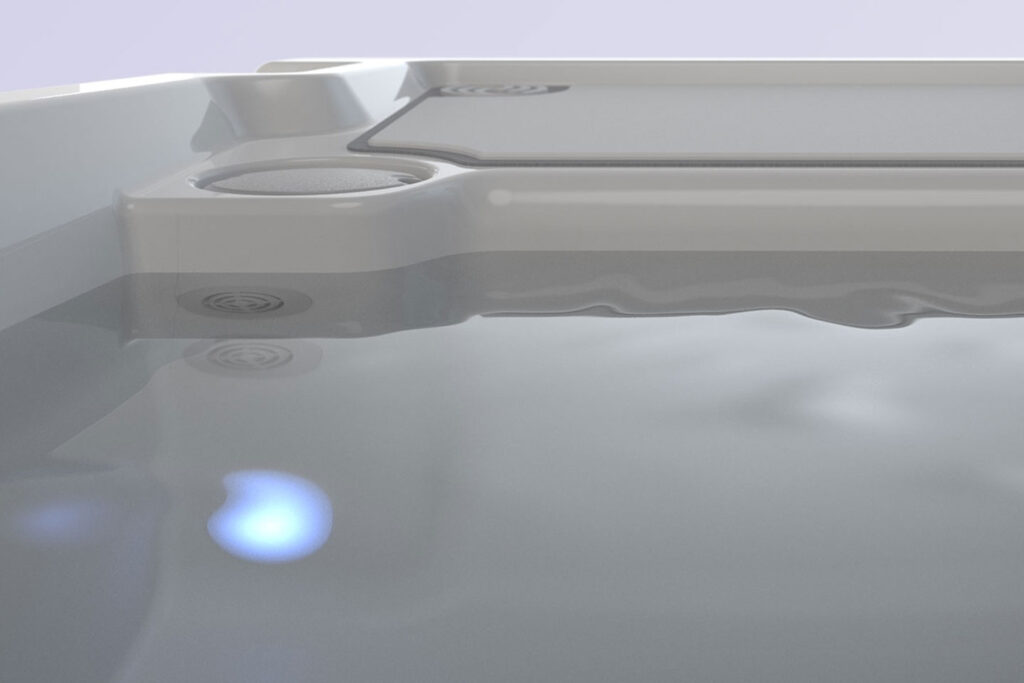
Recharge with Cold Plunge Therapy
Cold plunge therapy isn’t about braving icy water for bragging rights—it’s a refreshing way to boost your mental health and restore a sense of balance.
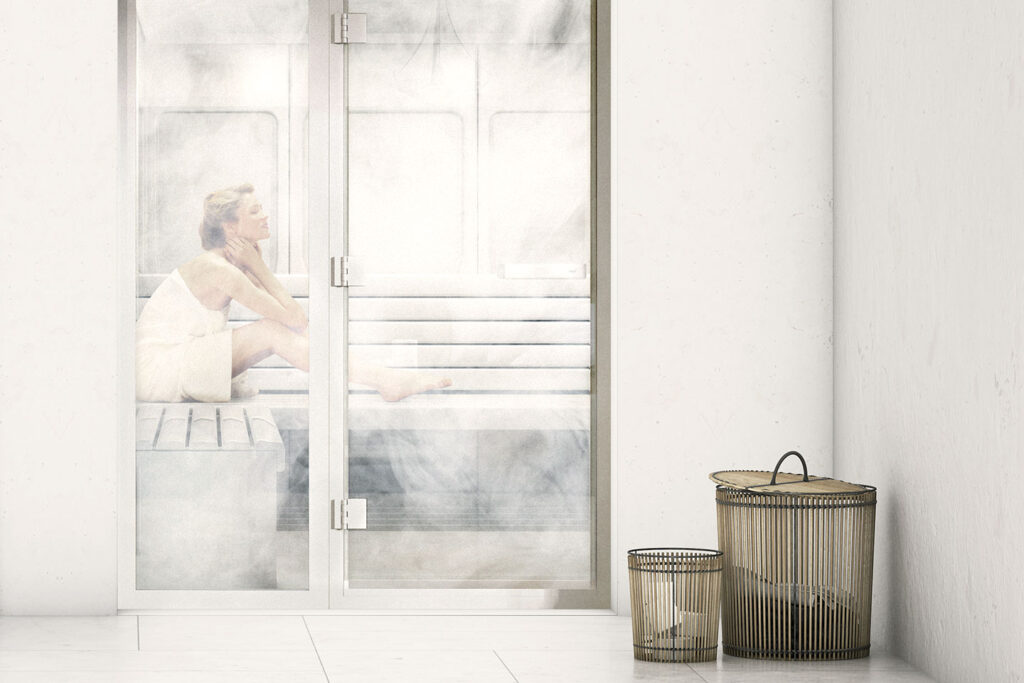
Boost Recovery and Relaxation with Sauna Contrast Therapy
Ever wonder why athletes plunge into freezing cold water right after a sauna session? It might seem extreme, but sauna contrast therapy—alternating between hot and cold—is gaining popularity for a reason.
